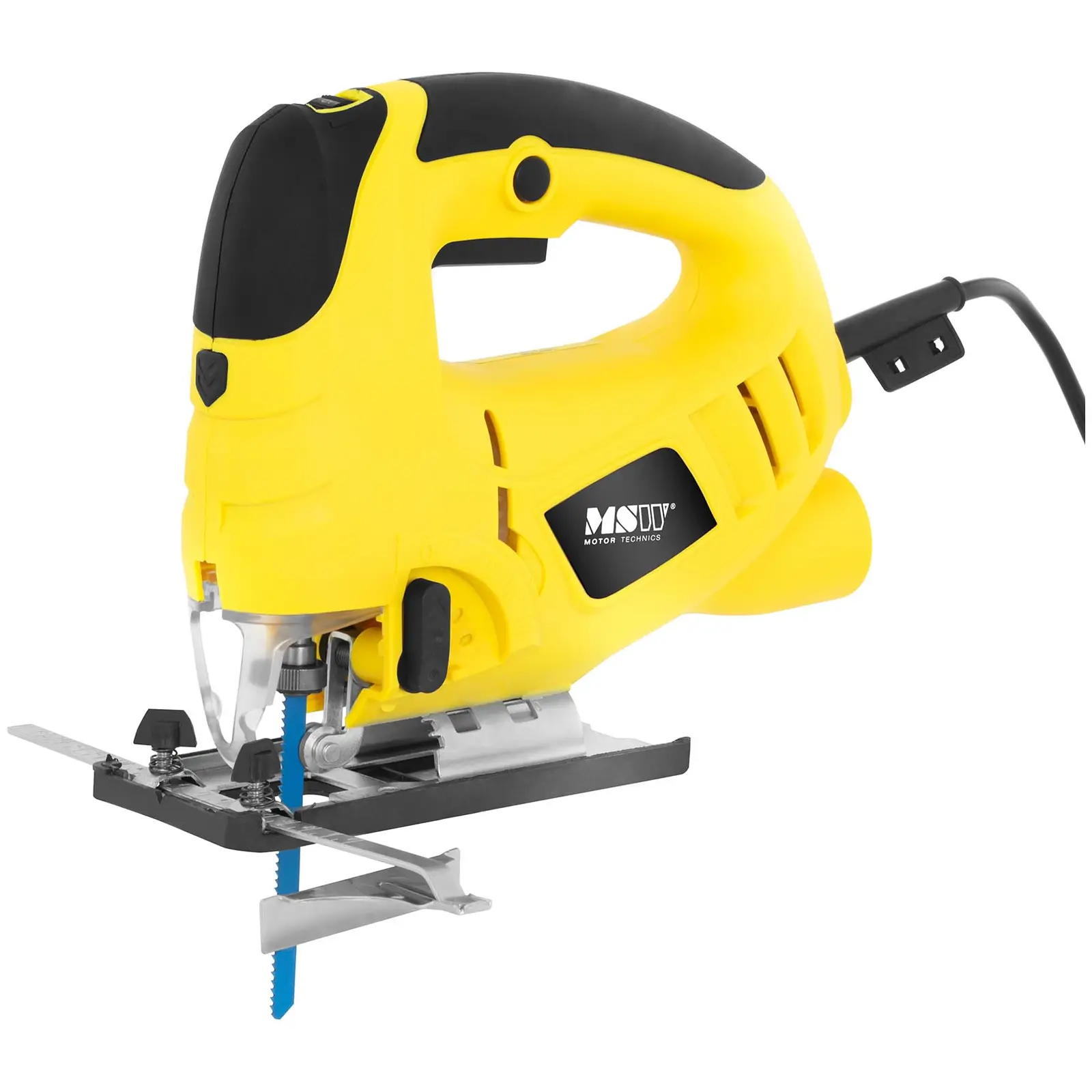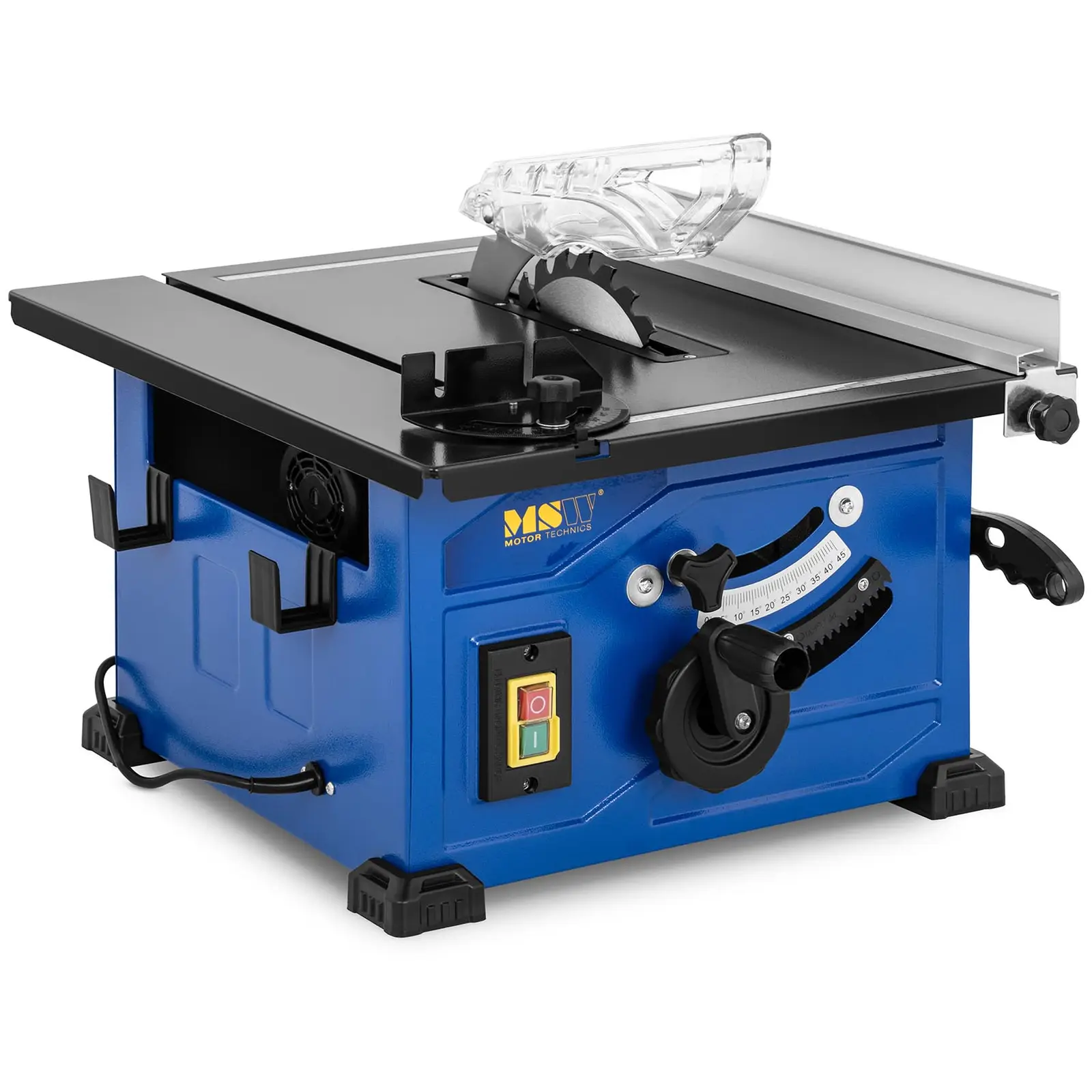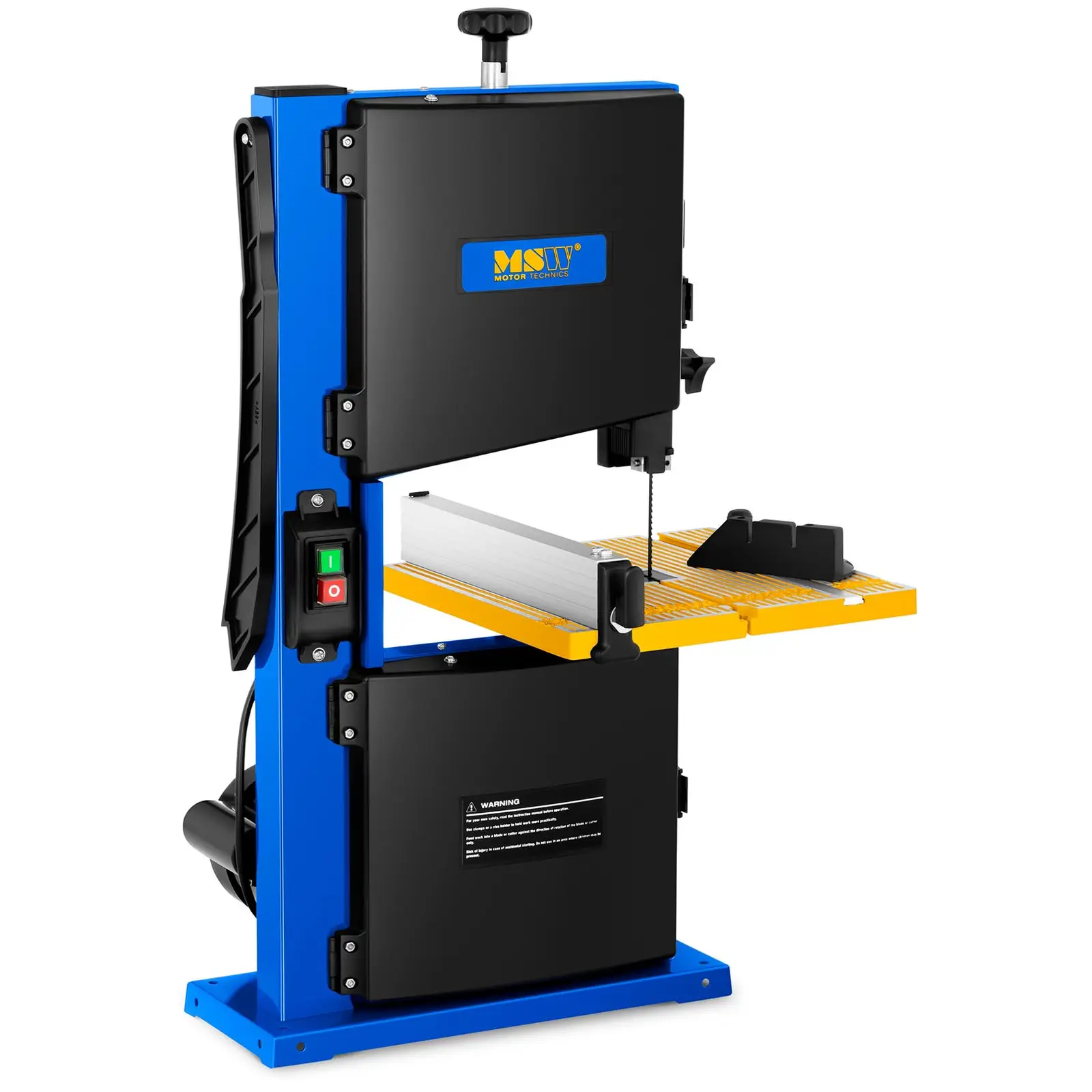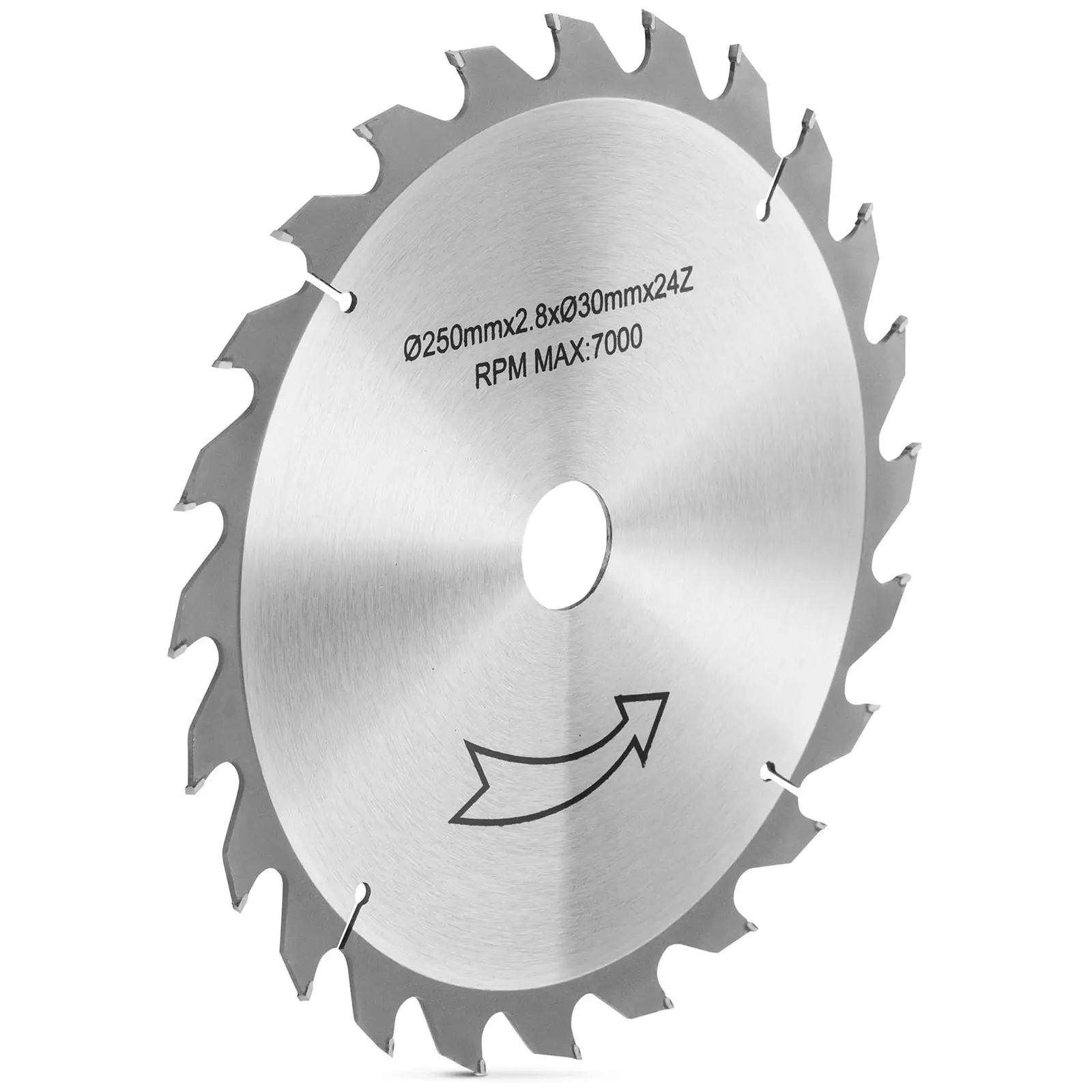Before starting any carpentry work, during which you plan to cut various materials, it is good to have some knowledge about which jigsaw will be the most useful for the job. Jigsaws enable not only precise cutting, but also the possibility to cut various shapes. Read our guide to find out more.

Before starting any carpentry work, during which you plan to cut various materials, it is good to have some knowledge about which jigsaw will be the most useful for the job. Jigsaws enable not only precise cutting, but also the possibility to cut various shapes. Read our guide to find out more.
Basic features of jigsaws
A jigsaw is a power tool that, like electric saws for wood and metal, is used to cut various materials. It is powered by an electric motor that sets the reciprocating blade in motion, with speeds up to several thousand rpm. Such performance lets you cut up to several metres of material per minute, with a depth of as much as several centimetres. Of course, everything depends on the specifications of a given model and the type of material being cut.
A jigsaw can be used to make straight and curved cuts, as well as more complex shapes, both quickly and with high precision. This is possible due to the easy guidance of the tool. Jigsaws are an excellent alternative to angle grinders, which are perfect for cutting aluminium, or circular saws, especially for work requiring cutting a large number of elements on which you don’t want to spend a lot of time. An example could be cutting floor panels, where you will need to cut holes for radiator pipes, or irregular shapes for corners or other obstacles.
Choosing the right jigsaw is very important, both in the case of home and professional use. Various types of workshops, carpenters and production plants are examples of where a jigsaw is a basic requirement, used for precise cutting of wood, plastic or even sheet metal.
Jigsaws are also used by renovation and construction companies, for cutting wall and ceiling panels, as well as cutting holes in them.
Types of jigsaws
When considering which jigsaw to choose, you should be aware that there are several types to choose from. The basic division is according to the type of power supply. In this regard, you can distinguish electric and battery powered models. The first option requires connection to electricity, so you are limited by the length of the power cord when working.
Cordless jigsaws, on the other hand, are much more mobile, making them perfect for work in the garden or indoors, where there is no access to electricity. However, they also have less power, are not suitable for such deep cuts, and you will need to recharge the batteries from time to time, which can be a nuisance in the case of lengthy use without breaks.
Jigsaws can also be distinguished according to the way they are used.
Straight-Reciprocating Jigsaws
The first type are straight-reciprocating jigsaws. Older models and newer low-end models are usually of this type. When cutting, you need to gently press the jigsaw against the material being processed, as only in this way will you be able to keep a straight line.
Orbital-Reciprocating Jigsaws
The second type are orbital-reciprocating jigsaws, which have a slightly forward motion to their blade stroke. This means the blade tilts forward on the upstroke, clearing more wood more quickly than a straight-reciprocating jigsaw. To activate orbital-reciprocation, the user typically flips a switch on the side of the saw into one of (usually) four positions. These saws will cut faster but with less accuracy and maneuverability than straight reciprocating models, although they can be used to cut thick and hard materials.
Scroll saws
Another type are table-top jigsaws, called scroll saws. Unlike jigsaws, they are not hand-held, and they also operate in a slightly different way. Instead of moving the saw over the cut material (as was the case with the previous two types), you move the material along the blade. The tool is stable the whole time. A scroll saw therefore makes it easy to make very precise cuts on large surfaces, making them a great solution for carpentry workshops and production companies.
What should you base your choice of jigsaw on?
The choice of jigsaw should depend on your needs, i.e. the scope of work you intend to use it for. Even the simplest jigsaws will be enough to cut thin pieces of wood. They are also good for cutting metal, but not thicker than about 1 cm. If you need equipment for more demanding jobs, then you will need to take a closer look at the technical specifications.
One aspect to bear in mind is the number of strokes per minute, which in practice means the cutting speed. The total power of the tool is also important, as this value determines how long you will be able to use a given model without taking a break. Also pay attention to the type of blade clamp. There are three basic types, designed for different types of blades:
T-shank, 2T-shank and U-type. The most popular are those for T-shank blades. Regardless of the type of clamp, it is important that you choose the appropriate type of blade. Failing to do so may result in the saw blade tearing out during use and, as a result, injuring the user.
The blades should also be selected according to the material you intend to cut. Most jigsaws come with one universal blade, but this will not be suitable for more demanding tasks. The intended use of each blade is usually described on the packaging. On the blade itself you will find a code specifying the material for which it is intended.
Particular blades also differ in the spacing and size of the teeth, and they are also made of various metal alloys. Different blades are intended for floor panels, wood, plaster, steel or bricks. Using the wrong blade may end in it heating up and becoming permanently damaged.
When considering which jigsaw to buy, it is also worth paying attention to whether it has any additional features making it easier to use. One such feature could be a nozzle for removing particles and chips from the material being cut. Some models come with an integrated dust blower, while others need to be connected to a vacuum cleaner. This function can be very useful and help avoid pieces of material obstructing the cutting line.
A laser can also improve the quality of your work, helping guide the jigsaw more precisely along the cut line. However, models with this feature will be significantly more expensive.
Jigsaw or circular saw – which one should you choose?
There are many different opinions in this regard, including that a circular saw can be used instead of a jigsaw. In practice, however, it all depends on what kind of cuts you want to make. If you only cut straight lines, it will be more practical to choose a circular saw, but in the case of precise cuts, or cuts with various shapes, we would recommend using a jigsaw.
Which jigsaw should you buy – a summary
The jigsaw you choose should match the type of work you intend to do and the material you intend to cut. Scroll saws will be a good choice for carpentry work, enabling quick cutting on large surfaces. For precise cutting and various shapes, it’s best to choose a jigsaw. When it comes to home use, a basic jigsaw model will be more than enough.
Before deciding which model to buy, also analyse the technical specifications, as well as additional features. Regardless of your decision, don’t forget about the blades. You should only use blades designated to a specific material, to avoid damaging them.










Share